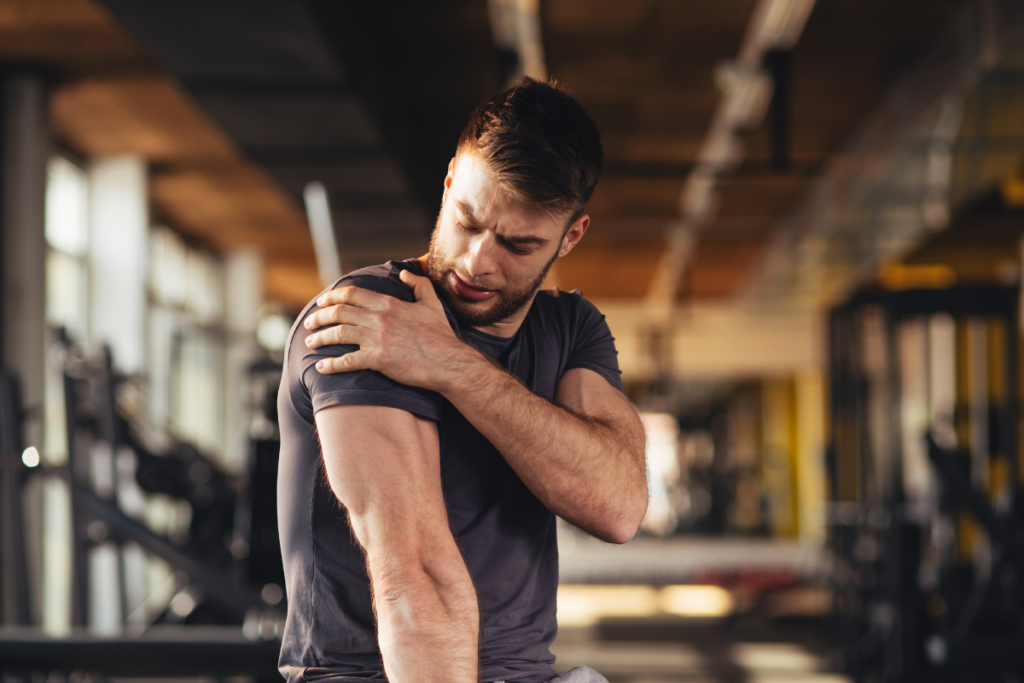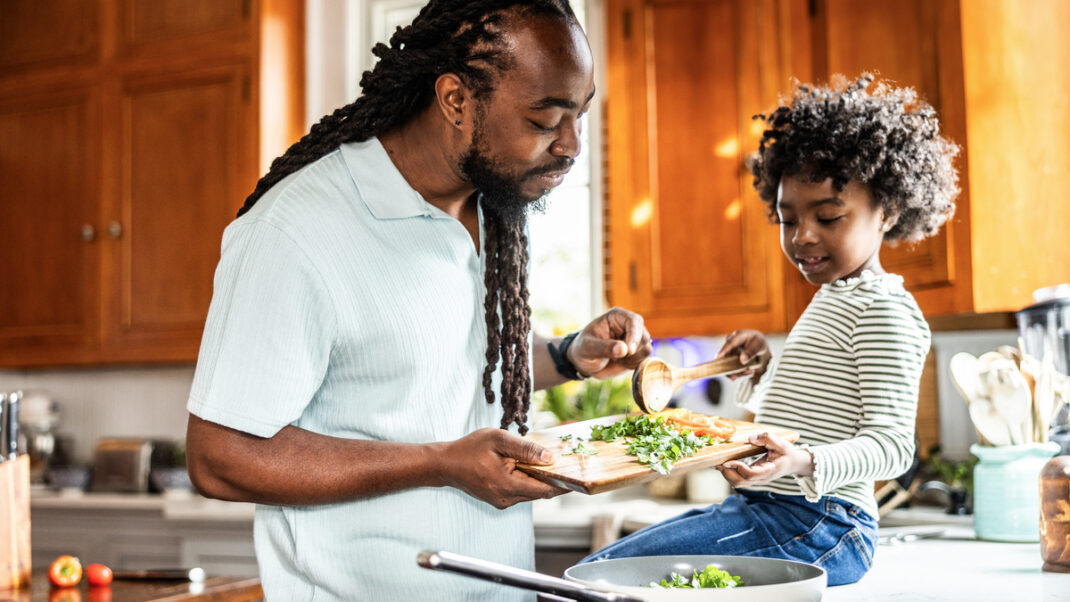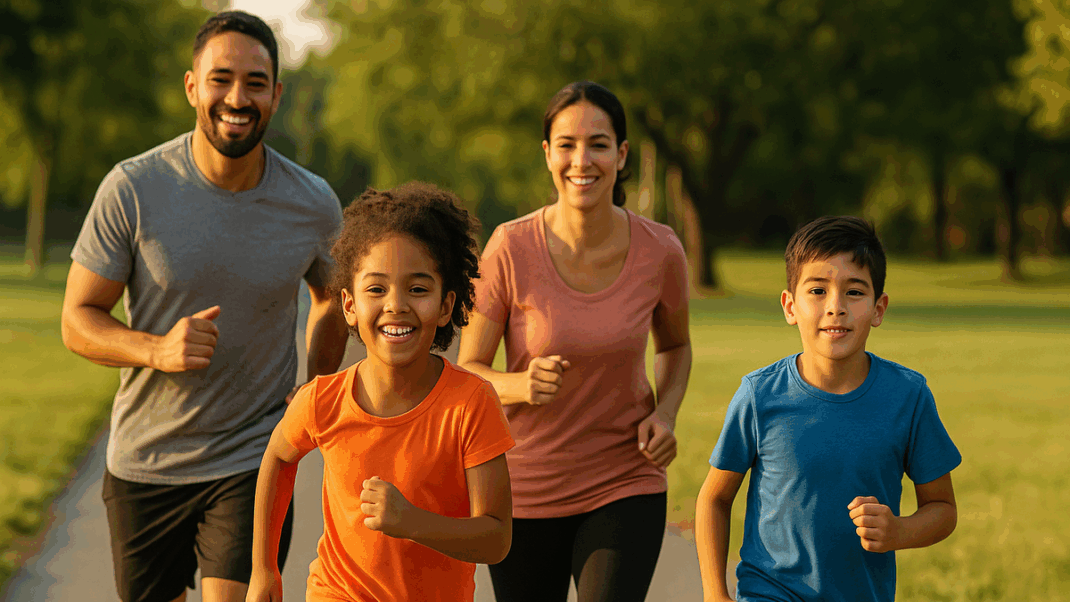The Big Three Can’t-Miss Exercises for Seniors
Teach these simple, effective core exercises in your older-adult classes.
Before you teach your older-adult classes a core routine, remember that in order to maintain stability and support, the core is activated milliseconds before any movement occurs in the body, so don’t limit your thinking of core exercises to the abdominals or lower back. Even small movements in the periphery of the body are sufficient to recruit and condition the core musculature. Also, recognize that a lean and sculpted core is generally not a requirement for older adults’ quality of life. Most older people just want to be able to do the things that make them happy—play with grandkids, spend time in the garden, travel the world—and all that these activities require is the ability to move safely and confidently. So, here are three exercises that will help them do this (and start sculpting that core as well!):
Poor ankle mobility affects older adults’ ability to walk with a safe and confident gait. It also reduces sensory input to the brain and disrupts balance, potentially causing a fall. Building better ankle flexibility is simple—just move it! Ankle rotations in each direction are a great way to go, because they result in triplanar motion and increased neural drive to this important joint. And if you think ankle rotation does not recruit the core, just try doing this movement yourself while palpating your lower abdominals!
- If seated in chair, sit as tall as possible with back in least supported position in order to best recruit core musculature.
- Lift right foot off floor approximately 8 inches, and perform 10 slow clockwise rotations of foot. Repeat with 10 slow counterclockwise rotations.
- Look at foot while moving it. Drawing attention and concentration to the movement will increase range of motion.
- Repeat with left foot.
- If capable, perform this movement standing up with only one hand (or even just one finger!) on stable item for balance assistance.
For older adults, good eccentric control is essential for maintaining safety while moving. At the same time, good concentric force production is essential for maintaining independence. Using gravity as a friend, the Ta-Da exercise loads the body through an eccentric flexion pattern and then unloads it concentrically through extension and rotation. Additionally, the anterior, posterior and lateral myofascial lines are all recruited through this movement, leading to a well-balanced core and optimal neuromuscular function.
- If seated in chair, sit as tall as possible, toward front of seat. This exercise is even more effective when done from standing position with stable item nearby for balance assistance.
- Lift right hand out to right at head height. If standing, have left hand either on left hip or on stable item next to body. From here, bring right hand across body and down to left thigh (or lower, if possible) primarily through hip and knee flexion. (Be sure to cue smooth, slow execution of this movement in order to maximize eccentric control.)
- Next, drive right hand back up to starting position while rotating torso. If standing, let hips follow hand so that left heel comes off ground and toe rotates right. Repeat on other side.
Most older clients walk in one direction only—straight forward. At some point during life, we tend to “forget” how to move in different directions, even though a bump from a person walking past in a crowded mall may lead to a nasty sideways spill. Practicing side steps helps develop comfort with a movement strategy that may come in handy in a situation such as this. Additionally, alternating between the narrow and wide foot positions requires recruitment of the core musculature for these large lower-body movements.
- Stand behind chair or other stable object (a ballet bar is great for this exercise). Place fingertips of one or both hands on stabilizing object for balance control. Do not lean excessively into hands.
- Start with feet together, or as close
together as is safe. Then, lift right foot up, as if stepping over low curb, and take full step directly right. This will result in wide stance. - Next, lift left foot at same height and bring it back to being directly next to right foot. Return to original position by stepping left foot left, followed by right foot.
- Build up to several steps in each direction, and try varying hand positions.
© 2010 by IDEA Health & Fitness Inc. All rights reserved. Reproduction without permission is strictly prohibited.
Before you teach your older-adult classes a core routine, remember that in order to maintain stability and support, the core is activated milliseconds before any movement occurs in the body, so don’t limit your thinking of core exercises to the abdominals or lower back. Even small movements in the periphery of the body are sufficient to recruit and condition the core musculature. Also, recognize that a lean and sculpted core is generally not a requirement for older adults’ quality of life. Most older people just want to be able to do the things that make them happy—play with grandkids, spend time in the garden, travel the world—and all that these activities require is the ability to move safely and confidently. So, here are three exercises that will help them do this (and start sculpting that core as well!):
Poor ankle mobility affects older adults’ ability to walk with a safe and confident gait. It also
Christian J. Thompson, PhD
Christian J. Thompson, PhD, is an exercise physiologist and chair of the department of exercise and sport science at the University of San Francisco. He has published numerous scientific publications on exercise programming for older adults in peer-reviewed journals. Read his blog at www.thefitnessprofessor.wordpress.com





